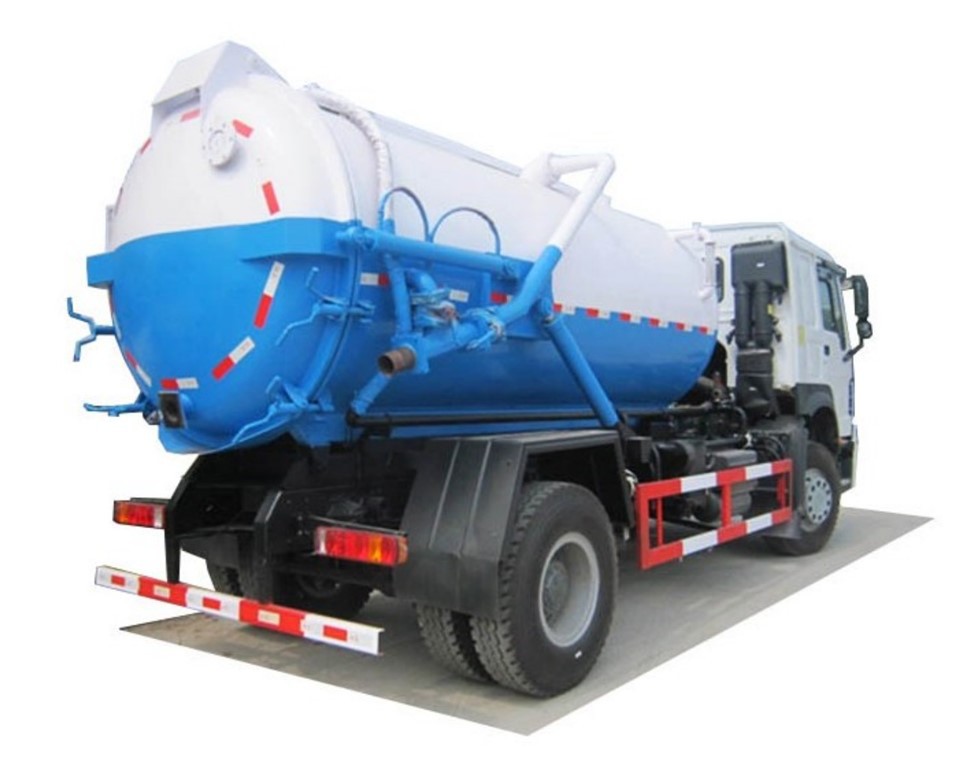Firefighting is a demanding profession that requires both high physical endurance and mastery of various skills, especially when it comes to the rescue of individuals in perilous situations. The effectiveness of any firefighting team hinges significantly on their tools, specifically designed for rescue operations. This article takes an in-depth look at firefighter rescue tools, exploring their functionalities, importance, and innovations in the field while also providing practical examples and advice.
The Importance of Firefighter Rescue Tools
Firefighter rescue tools are designed to ensure the safety of both firefighters and the victims they aim to save. When every second counts, having the right tools can mean the difference between life and death. These tools assist in navigating challenging environments, performing swift extrications, and ensuring the overall effectiveness of rescue operations.
Key Considerations for Firefighter Rescue Tools
- Durability: Tools must withstand extreme conditions and heavy usage.
- Weight: Lightweight tools increase maneuverability during rescues.
- Versatility: Multi-functional tools can save space and improve efficiency.
Types of Firefighter Rescue Tools
1. Rescue Saws
Rescue saws come in various types, including circular saws, reciprocating saws, and chain saws. They are essential for cutting through metal, wood, and other obstructions.
Example: K12 Rescue Saw
The K12 saw is a popular choice among firefighters due to its lightweight design and powerful engine. It can cut through various materials, making it indispensable during rescues.
2. Hydraulic Rescue Tools
Hydraulic tools, commonly known as “jaws of life,” are used for extrication from vehicles involved in accidents.
Example: Hydraulic Spreaders and Cutters
These tools operate on hydraulic power to open and cut through vehicles quickly, allowing for efficient rescue in time-sensitive situations.
3. Lifting & Stabilization Equipment
When victims are trapped under heavy debris, lifting and stabilization tools become critical.
Example: Air Bags
Air-lifting bags can raise heavy loads and create space for rescues, making them a vital component of any firefighter’s toolkit.
4. Rope Rescue Equipment
Rope rescue systems are crucial in high-angle rescues where firefighters must scale buildings or cliffs.
Example: Carabiners and Harnesses
Using an array of carabiners, ropes, and personal harnesses ensures that firefighters can safely secure themselves during rescues.
5. Thermal Imaging Cameras
Thermal imaging technology helps firefighters locate victims in smoke-filled environments.
Importance of Thermal Imaging Cameras
These devices detect heat signatures, making it easier to find individuals who may be unconscious or trapped.
6. Personal Protective Equipment (PPE)
PPE includes helmets, gloves, and suits designed to protect firefighters from heat, flames, and hazardous materials.
Example: Turnout Gear
Turnout gear is made of fire-resistant materials, ensuring that responders remain safe while performing rescues.
Innovations in Firefighter Rescue Tools
Smart Technology Integration
With the advent of technology, many firefighting tools have integrated smart features to improve performance and safety.
Example: Smart Firefighter Helmets
Modern helmets come equipped with built-in communications, thermal imaging, and more, providing firefighters with vital information while on the job.
Lightweight Materials
The trend towards using lightweight, durable materials has changed the landscape of firefighting tools.
Example: Carbon Fiber Tools
Incorporating carbon fiber into rescue tools has led to lighter equipment without compromising strength, thus enhancing mobility.
Best Practices for Using Firefighter Rescue Tools
- Regular Training: Familiarize yourself with tools and techniques regularly.
- Maintenance: Ensure tools are regularly serviced and maintained for optimal performance.
- Team Coordination: Work cohesively with your team during rescue operations, ensuring everyone understands their role.
Safety Considerations
Always prioritize safety when operating rescue tools. Proper training and adherence to safety protocols are paramount.
Example: Conducting Safety Drills
Regular safety drills can help teams practice using equipment and revive important life-saving techniques.
Choosing the Right Rescue Tools for Your Team
Assessing Your Needs
Understanding the specific needs of your firefighting team and the environment they work in is critical when selecting tools.
Factors to Consider
- Geographical Challenges: Tailor tools based on whether your area has urban, rural, or wilderness environments.
- Team Size: Larger teams may require more specialized or varying tools for efficient rescues.
Budgeting for Rescue Equipment
Budget is often a crucial factor in choosing rescue tools. Investing in high-quality equipment is essential for safety and bystander welfare.
Cost-Effective Strategies
- Consider purchasing multi-functional tools to save costs.
- Request donations or grants from community organizations.
Case Studies: Firefighter Rescue Success Stories
Rescue in a Collapsed Building
In a recent incident involving a building collapse, firefighters used hydraulic tools and airlifting bags to rescue several individuals trapped under debris. The coordination and use of advanced technology helped streamline the rescue process.
High-Rise Rescue Operation
During a fire on the upper floors of a high-rise building, firefighters employed rope rescue techniques combined with thermal imaging to locate and extract victims, showcasing the versatility of their rescue tools.
FAQ Section
What are the most essential firefighter rescue tools?
The most essential tools include hydraulic rescue equipment (jaws of life), rescue saws, thermal imaging cameras, air-lifting bags, and personal protective equipment (PPE).
How do firefighters maintain their rescue tools?
Firefighters conduct regular inspections, perform routine maintenance, and replace worn-out parts. Each tool must have a maintenance log to ensure optimal functionality.
Are there any new technologies in firefighter rescue tools?
Yes! Advances include smart helmets with communication systems, lightweight carbon fiber tools, and improved thermal imaging technology for better visibility.
How can we make firefighter rescue training more effective?
Integrating realistic simulations, focusing on team coordination, and incorporating new technologies into training can significantly improve preparedness.
What should I look for when buying rescue tools for a fire station?
Consider durability, versatility, ease of transport, maintenance needs, and recent advancements in technology while evaluating potential rescue tools.
Are there any community resources to help with fire rescue equipment funding?
Many non-profits, local businesses, and community grants focus on supporting fire departments with equipment. It’s beneficial to build connections within the community for assistance.





